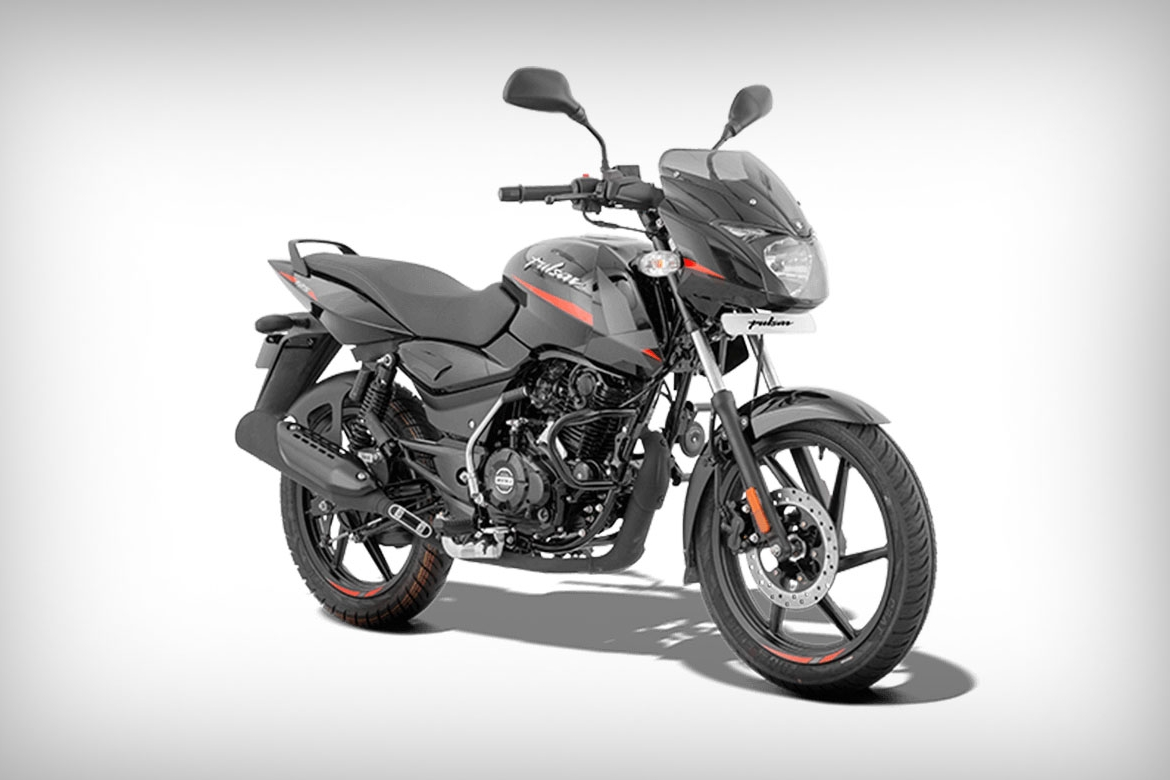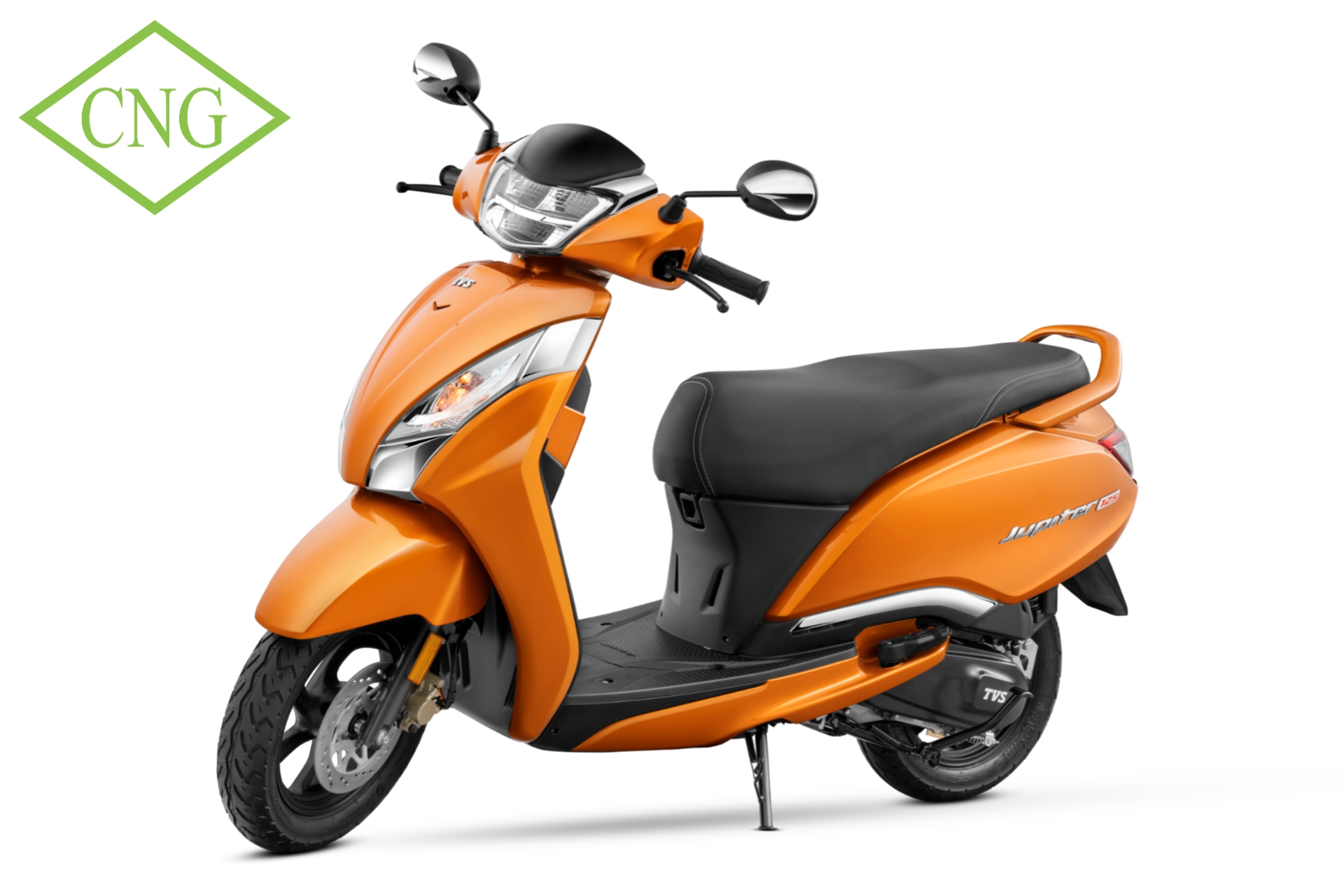Picture this: It’s 2001, and Indian roads are painted in shades of beige mediocrity. Commuter motorcycles drone through traffic, their engines humming the monotonous tune of practicality. Performance? That was a luxury reserved for Bollywood heroes and the wealthy elite who could afford imported machinery.
Then Bajaj Auto dropped a bombshell that would forever alter the DNA of Indian motorcycling — the Pulsar.
This wasn’t just another motorcycle launch. It was the moment when affordable adrenaline became reality for millions of young Indians.
The Suffocating Pre-Pulsar Era
To understand the Pulsar’s seismic impact, we need to rewind to a time when Indian two-wheelers were prisoners of conservative thinking. The market was a graveyard of uninspiring machines — Hero Honda’s Splendor whispered efficiency, TVS Victor promised reliability, and Bajaj’s own Chetak scooter puttered along with dignified restraint.
Thrill was a foreign word in the Indian automotive dictionary.
Young riders were caught in purgatory. On one side lay dependable but soul-crushingly boring commuter bikes. On the other stood exotic machines like the Kawasaki Ninja or Suzuki GSX-R — beautiful, powerful, and utterly unattainable for the average Indian enthusiast. The few performance-oriented options, like the legendary Yamaha RX100 or Suzuki Shogun, were either discontinued or existed in such small numbers that they felt more like urban legends than viable options.
The Indian motorcycle market had a gaping wound — a massive void between what people could afford and what they actually wanted to ride.
October 2001: The Game Changes Forever
When Bajaj Auto unveiled the Pulsar 150 and 180 in October 2001, they didn’t just launch motorcycles — they detonated a cultural bomb. Here was a machine that looked like it belonged on a racetrack, not a railway station parking lot.
The Pulsar’s design language was revolutionary for its time. Muscular fuel tank, aggressive twin-pod instrumentation, sculpted bodywork, and a stance that screamed speed even at standstill. This wasn’t evolution; it was revolution packaged in metal and plastic.
But aesthetics were just the appetizer. The main course was performance that actually delivered on the bike’s visual promises.
Engineering Meets Aspiration: What Made Pulsar Special
1. Democratic Performance Revolution
The Pulsar 150 churned out 12 BHP while its bigger sibling, the 180, delivered a class-demolishing 15 BHP. These numbers might seem quaint today, but in 2001’s context, they were borderline explosive. Suddenly, Indian riders could experience genuine acceleration without selling their homes.
2. Technology Trickle-Down
Features that were once exclusive to premium motorcycles became accessible. Front disc brakes — a rarity in the sub-200cc segment — came standard. Digital instrumentation replaced analog dials, making riders feel like they were piloting spacecraft rather than commuting to college.
3. The ‘Definitely Male’ Cultural Shift
Bajaj’s marketing wasn’t just advertising; it was cultural engineering. The “Definitely Male” campaign didn’t just sell motorcycles — it sold identity. It told young Indian men that they no longer had to compromise between practicality and passion. The Pulsar became a badge of rebellion, masculinity, and automotive sophistication.
4. Pricing Strategy That Changed Everything
Perhaps most crucially, Bajaj priced the Pulsar not as a premium product but as an accessible dream. This wasn’t about creating an exclusive club — it was about democratizing the sport bike experience for India’s massive youth demographic.
The Ripple Effect: How One Bike Transformed an Industry
The Pulsar’s success created seismic shifts across the Indian motorcycle landscape. Competitors who had spent decades perfecting fuel-efficient workhorses suddenly found themselves scrambling to create performance-oriented machines.
TVS responded with the Apache, Hero Honda eventually launched the Karizma, and the entire industry pivoted toward the performance segment that Bajaj had single-handedly created. The Pulsar didn’t just succeed — it forced an entire industry to reimagine what Indian riders wanted.
Beyond Metal and Mechanics: A Cultural Phenomenon

What truly set the Pulsar apart wasn’t its specifications sheet — it was its ability to transform Indian motorcycle culture. The bike became the catalyst for a youth movement that extended far beyond transportation.
Suddenly, Indian cities witnessed phenomena that had never existed before: organized bike meets, weekend rides, modification culture, and even amateur racing events. College campuses became unofficial Pulsar showrooms where students would gather around these machines, discussing power curves and cornering capabilities with the enthusiasm previously reserved for cricket matches.
The Pulsar created India’s first generation of genuine motorcycle enthusiasts — riders who saw their machines as expressions of personality rather than mere transportation appliances.
Evolution and Endurance: The Pulsar Dynasty
Twenty-three years later, the Pulsar brand has demonstrated remarkable staying power. From its humble 150cc beginnings, the lineup has expanded to include everything from the entry-level Pulsar 125 to the track-focused Pulsar RS200 and the recently launched Pulsar N250.
Each generation has incorporated cutting-edge technology — fuel injection, ABS, monoshock suspension, perimeter frames, and advanced engine management systems. The brand has successfully navigated changing emission norms, evolving safety requirements, and shifting consumer preferences while maintaining its core identity as India’s accessible performance motorcycle.
With over 20 million units sold globally, the Pulsar has transcended its Indian origins to become a subcontinental phenomenon, finding success in markets across South America, Africa, and Southeast Asia.
The Lasting Legacy: More Than Numbers
The Bajaj Pulsar’s true achievement wasn’t creating a successful motorcycle — it was creating a new category of Indian motorcyclist. Before the Pulsar, you were either a practical commuter or a wealthy enthusiast. The Pulsar created the middle ground where passion met affordability.
Today’s vibrant Indian motorcycle market, with its diverse range of performance-oriented machines from KTM, Yamaha, Honda, and others, exists because the Pulsar proved that Indian riders hungered for more than basic transportation. It was the match that lit the fire of India’s performance motorcycle revolution.
For an entire generation of Indian riders, the Pulsar wasn’t just their first performance bike — it was their first taste of automotive passion. And in many ways, that makes it the most important motorcycle in Indian history.
The Pulsar didn’t just change how Indians rode; it changed how they dreamed.




